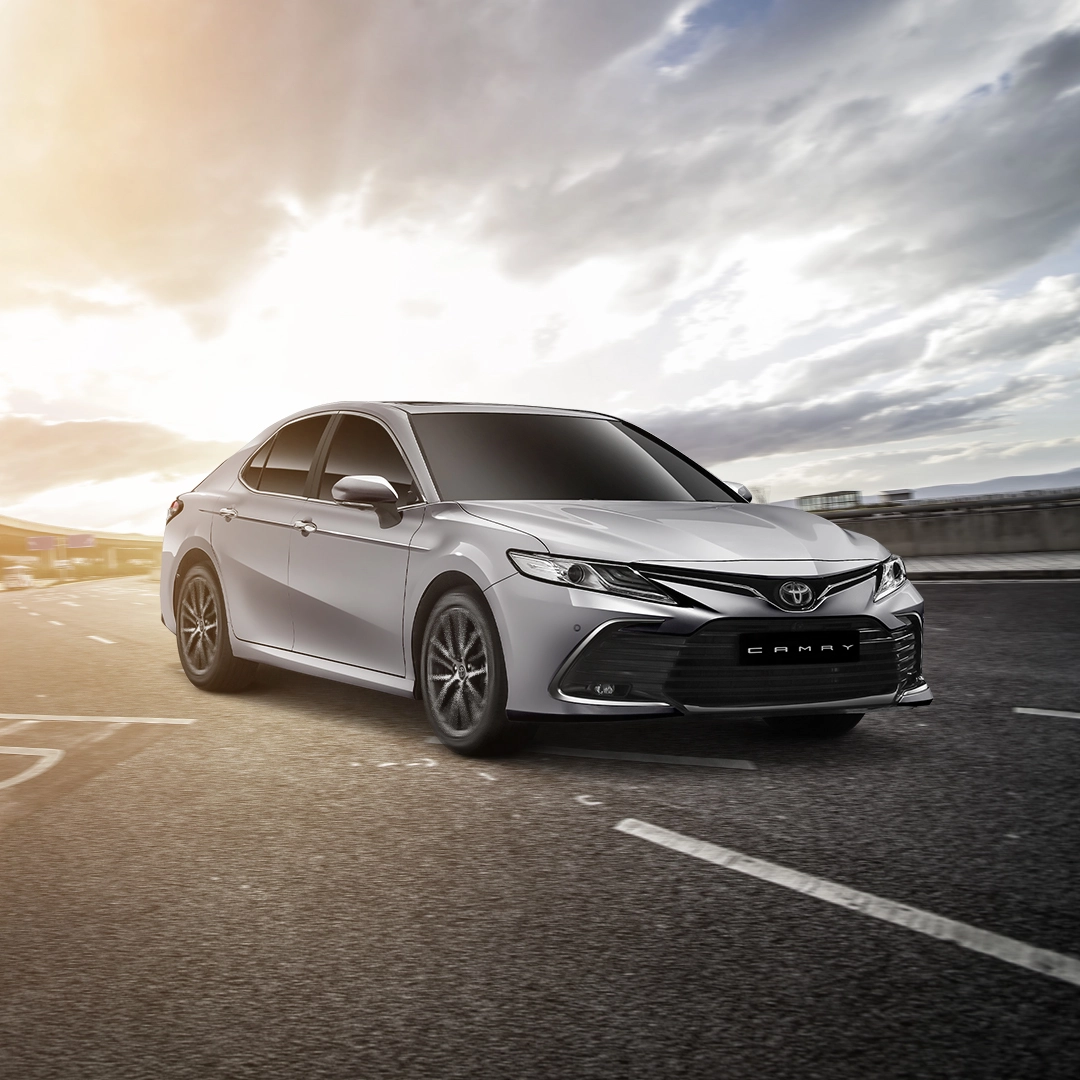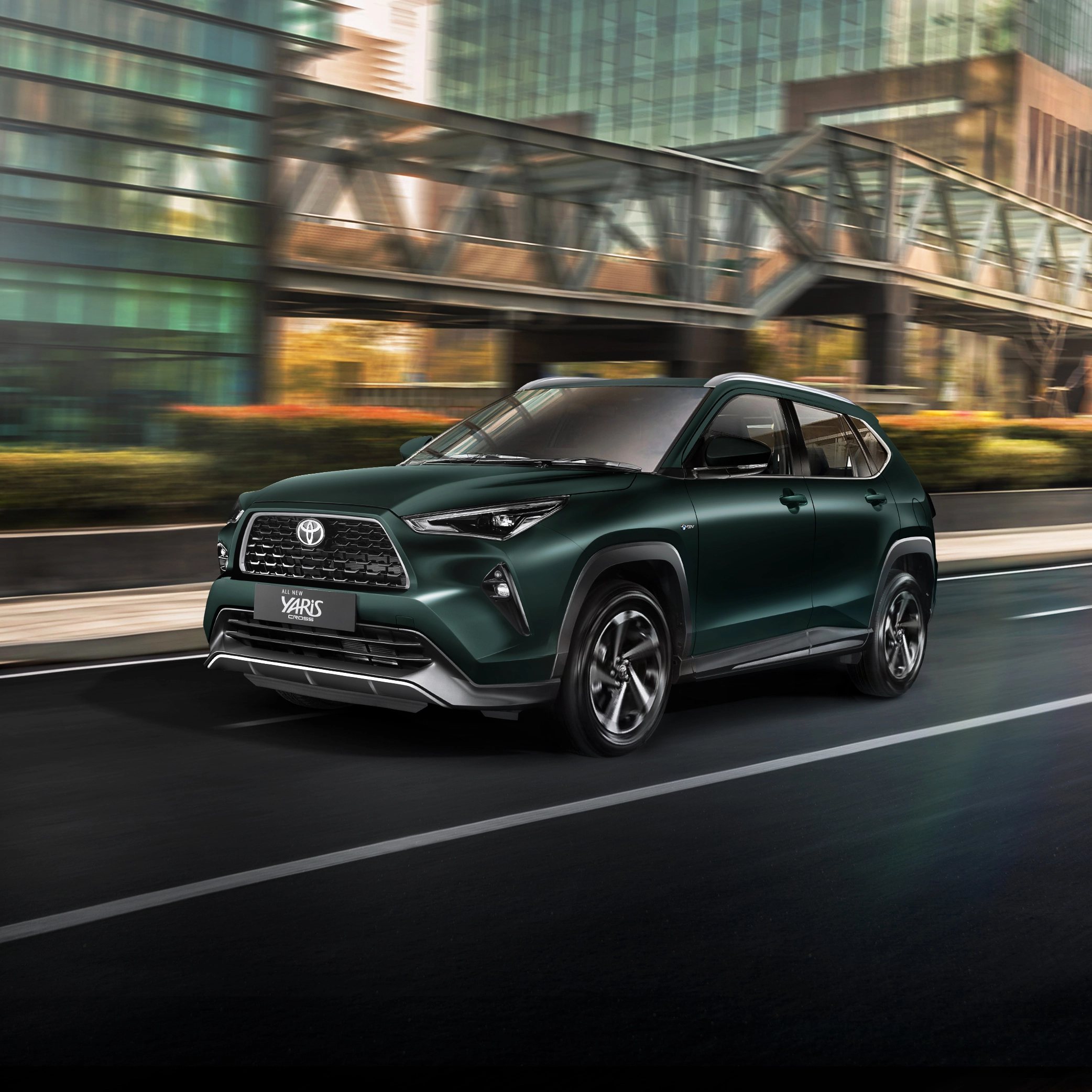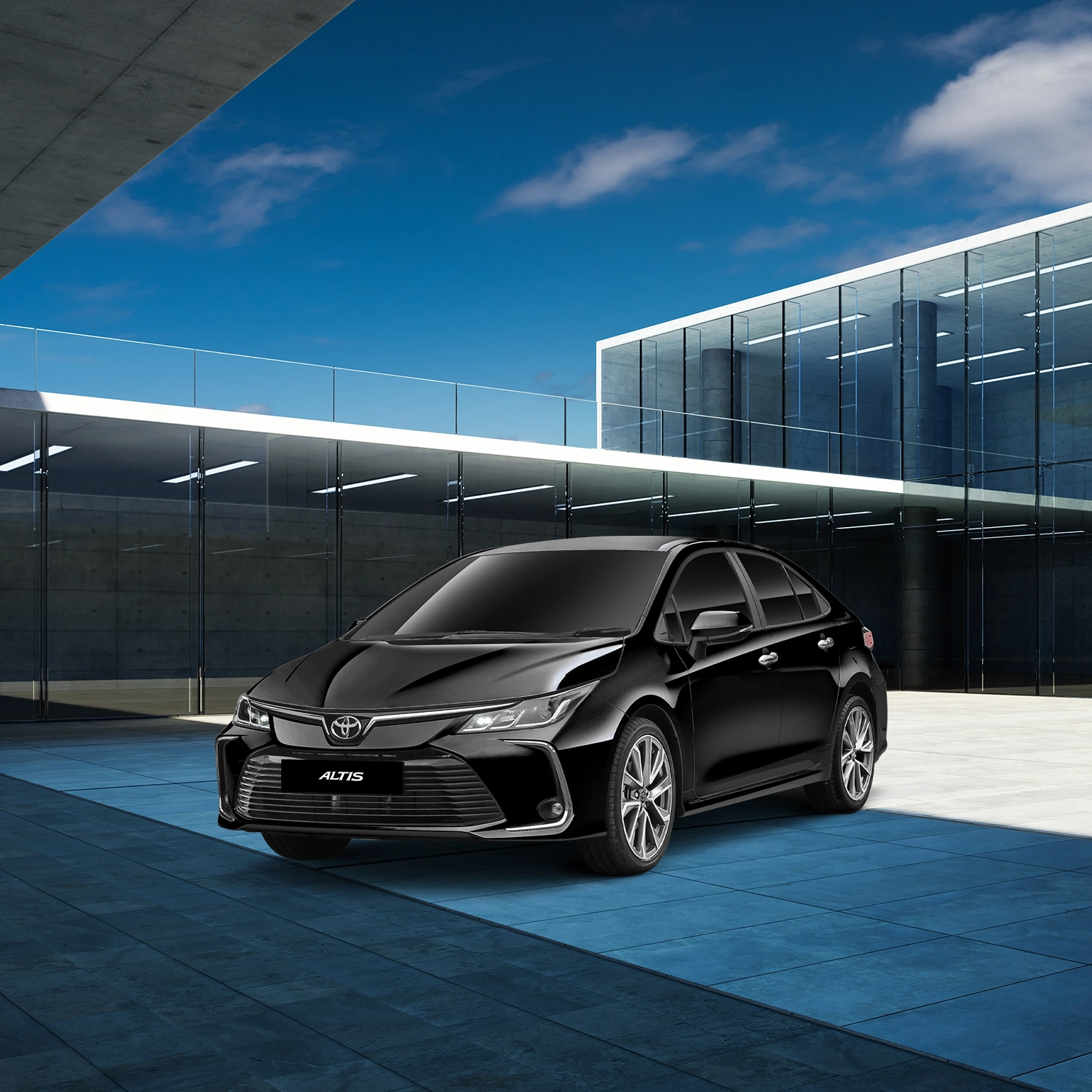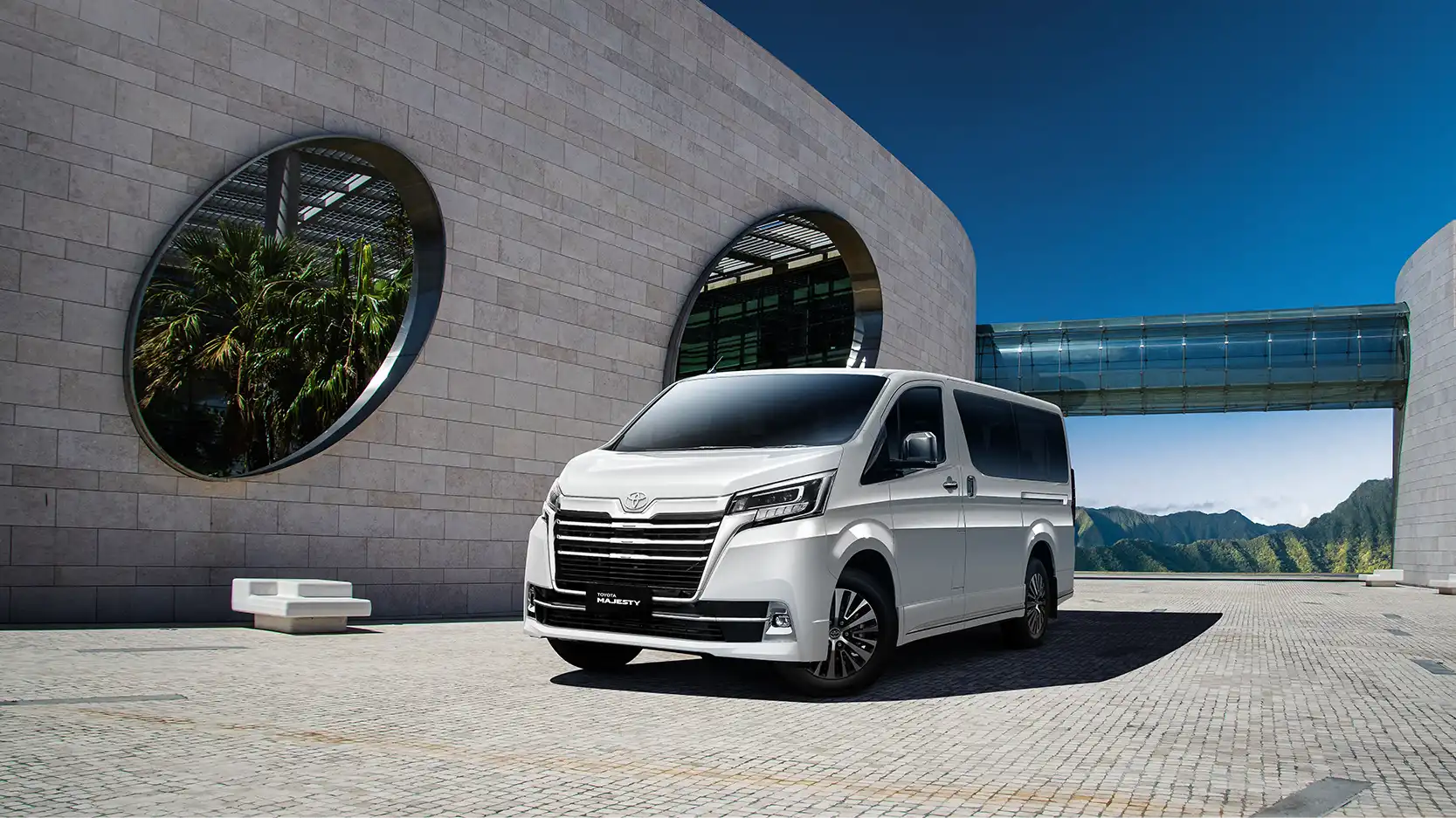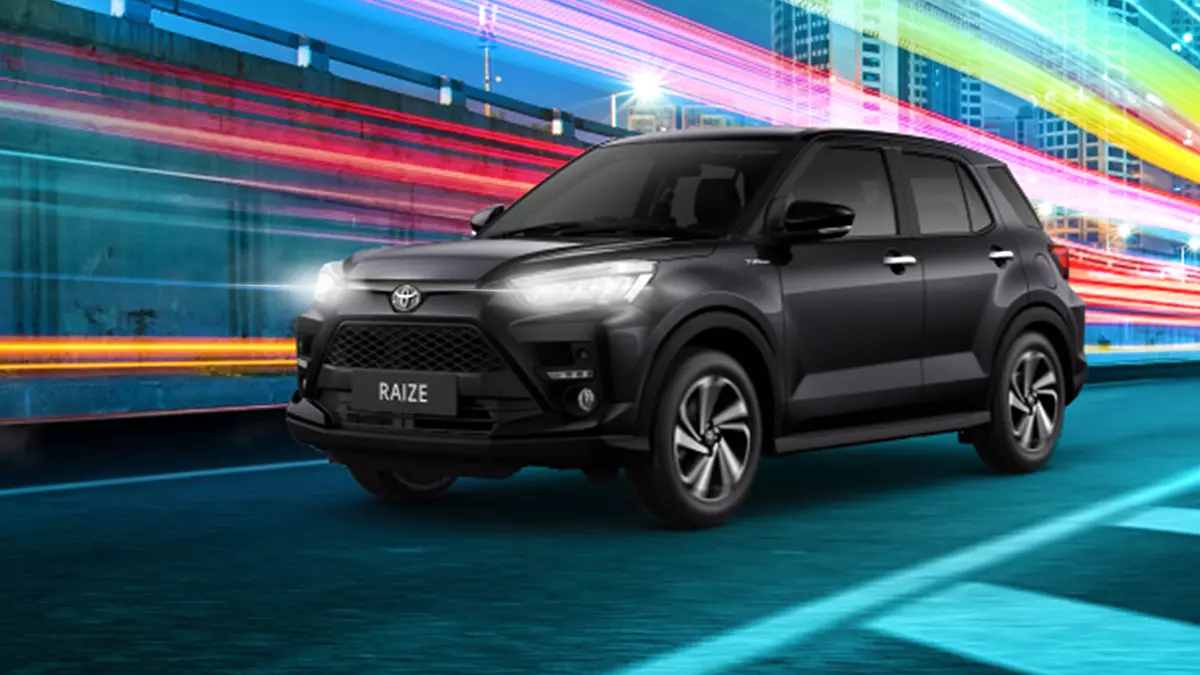11 Things to Consider When Buying a New or Used Car
Buying a new or used car can be a perplexing process and a long-term financial decision, even for second-time car owners. That’s why it’s crucial to make the right decision by figuring out your needs. Here are 10 things to consider to help you make a shortlist and choose your ideal car for your needs.
1. Passenger Capacity and Cabin Space
One of the most important things to consider when buying a car is passenger capacity and interior cabin space.
If the car is mainly just a mode of personal transport and to ferry a few friends or loved ones, you probably won’t need more than five seats. If you’re in it purely for the style factor, then a two-door coupe or convertible may be right up your alley. For classic, evergreen usability however, you can’t go wrong with the sedan or saloon.
If you need to ferry children or your extended family around on a daily basis, have a look at cars with more seating and more spacious interior cabins like 7-seater SUVs and 8-seater MPVs. SUVs (sports utility vehicle) and MPVs (multi-purpose vehicle) have convertible third row seating which can seat a few more people or be folded down for more storage space.
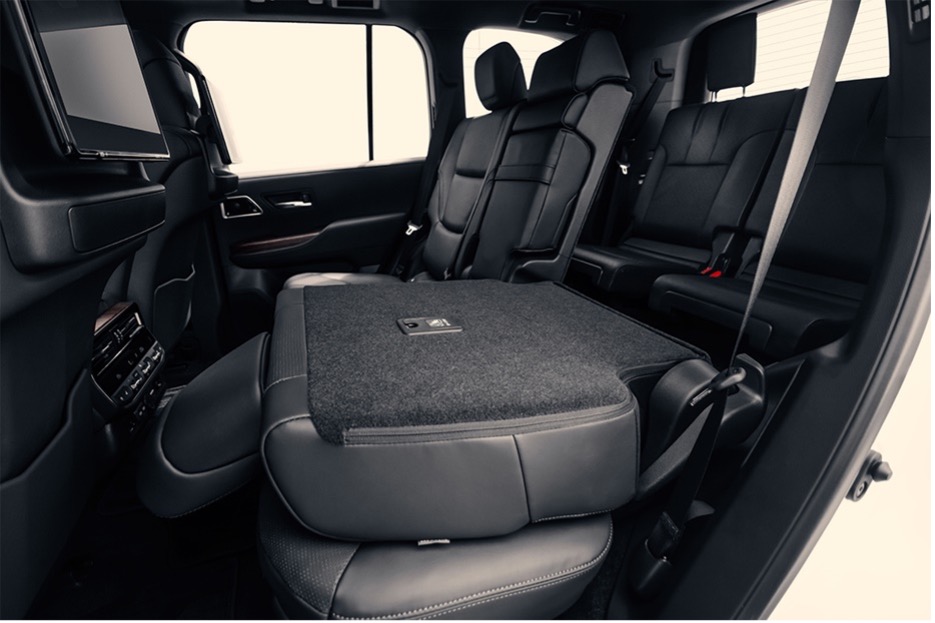
2. Storage Capacity
Sports cars are typically on the lowest rung when it comes to boot space, while hatchbacks and sedans generally have quite a decent sized boot to carry your stuff. It is also important to consider the shape and size of the boot opening to see if it can fit in larger or irregular sized objects.
Multi-purpose vehicles (MPVs) and sports utility vehicles (SUVs) offer great versatility in that they tend to have a large amount of space to accommodate people or things, and can also be fitted with roof mounts or racks to carry items such as mountain bikes or surfboards to cater to those with sporty lifestyles. Pickup trucks have a large open storage space, or ‘bed’ at the back that you can put tools or large work objects in.
3. Automatic or Manual Transmission
Most new cars these days come with automatic transmissions, which does away with a clutch pedal and the need to shift gears manually, allowing for stress-free driving. However, for those who prefer to shift gears on their own, a manual transmission could be the way to go, as they offer their own charm and can be a nostalgic and fun driving experience.

4. Electric or Hybrid?
While electric vehicles (EVs) are seen as the future, with many countries trying to transition towards a more electrified vehicle population, the requisite public charging infrastructure required for EVs may not be as built up yet in some countries. However, many governments do offer rebates for more environmentally friendly cars like EVs, which will result in greater savings in the long run.
Full hybrid cars are a great choice for offering both convenience and fuel efficiency, as they feature a battery and electric motor alongside the petrol engine that can power the car and allow it to drive in EV mode. At the same time, they do not need to be plugged in and charged, as the batteries are replenished via recouping the energy generated during braking, a process called regenerative braking.
If, however, you still have concerns about electric motors and batteries in cars, or if EVs or hybrids are out of your price range, then you might want to stick to a traditional car with an internal combustion engine (ICE), such as one powered by petrol or diesel.

5. Front, Rear or All Wheel Drive
Front-wheel-drive is the de facto standard for almost all modern mainstream cars because it’s generally safer to drive on the limit, and offers up more interior space. Rear-wheel-drive cars are usually the domain of sports cars and traditional luxury sedans - they are more dynamic to drive, and with modern traction control are very controlled as well. All-wheel-drive cars deliver the ultimate in grip, but are more expensive on the account of the extra drivetrain hardware.
6. Speed, Engine and Handling
Cars with ultra quick acceleration, fast top speeds, and super grippy handling may be fun and exciting, but they aren’t strictly necessary for most driving situations. And so, instead of judging cars based on these factors, it makes more sense to think about what is most suitable for your needs.
At the minimum however, you’ll ideally want a car that is responsive in its acceleration to help you overtake cars easily in the city. If you do a lot of highway driving, then your priorities should lie mainly in ride comfort and whether the car feels stable at speed.
If you do go off the beaten track regularly, you might want to consider an SUV, which has a higher ground clearance, and some also come with all-wheel-drive capability for extra grip on tricky road surfaces. However, their taller height might also mean that the car might feel a bit clumsy and top heavy when cornering on normal roads.
If performance is your priority however, then you’ll probably be looking at a sports car, preferably one with rear-wheel-drive and a low centre of gravity to give you the most optimum handling abilities. You may also look at acceleration timings and top speed, but do also take into account the kind of roads and environment that you’ll be driving in so that you know whether you’ll be able to maximise the potential of your car.
7. Towing Capacity
If you need to tow regularly, then you will also need to take a look at the towing capacity of the vehicle that you’ll be driving. For heavy duty or regular towing of things such as boats or caravans, you should probably look at an SUV or pickup truck. The most ideal towing vehicles generally come with large engines or one that has a large amount of torque, which gives them plenty of pulling power.
8. Safety Features
Another huge area of development in recent years can be found in vehicular active safety features. Lane keeping assist, collision avoidance, and adaptive cruise control are some of the technologies that should be included in your new car of choice.
9. Extra Costs
After you’ve made a practical shortlist of cars that you are seriously considering, it’s time to look at after sales services, which involves stuff such as warranties and servicing packages. Some dealerships offer warranties that stretch far into the car’s servicing life, which is an important consideration as vehicle maintenance can be a costly affair after the initial new car servicing package runs out.
Another thing to look at is insurance premiums, as they will vary according to the car you buy, as well as the driver profile. Sports cars tend to command higher insurance premiums, while very young and older drivers are also charged slightly more due to their perceived riskier profile.
10. Resale Value
Then there’s the concern of how long you intend to drive the car for. Is it big enough to grow with your young family? If you’re the financially savvy sort, you can roughly figure out how much the car of your choice will drop in resale value annually. Some models hold their values better on the secondary market than others. This will play a part in reducing your costs when you sell the car after a couple of years.
11. Additional Considerations for Used Cars
If you’re buying a used car, then all of the above pointers apply, plus a few other considerations that you’ll have to take into account as well.
The main thing is the condition of the car. Look at the mileage that it has driven, and observe whether there has been any visible damage. Check if there’s any excessive wear to major parts like the tyres or under the engine. Take a test drive and try to notice if there’s any unusual noises, knocks or rattles from the engine or any other area, and that the tyres are in alignment.
For added assurance, you might want to look at certified pre-owned cars, which are offered by credible automotive distributors. These cars tend to be extensively checked through, and come with additional warranties and servicing packages, for greater peace of mind.
YOU MAY WANT TO READ :

